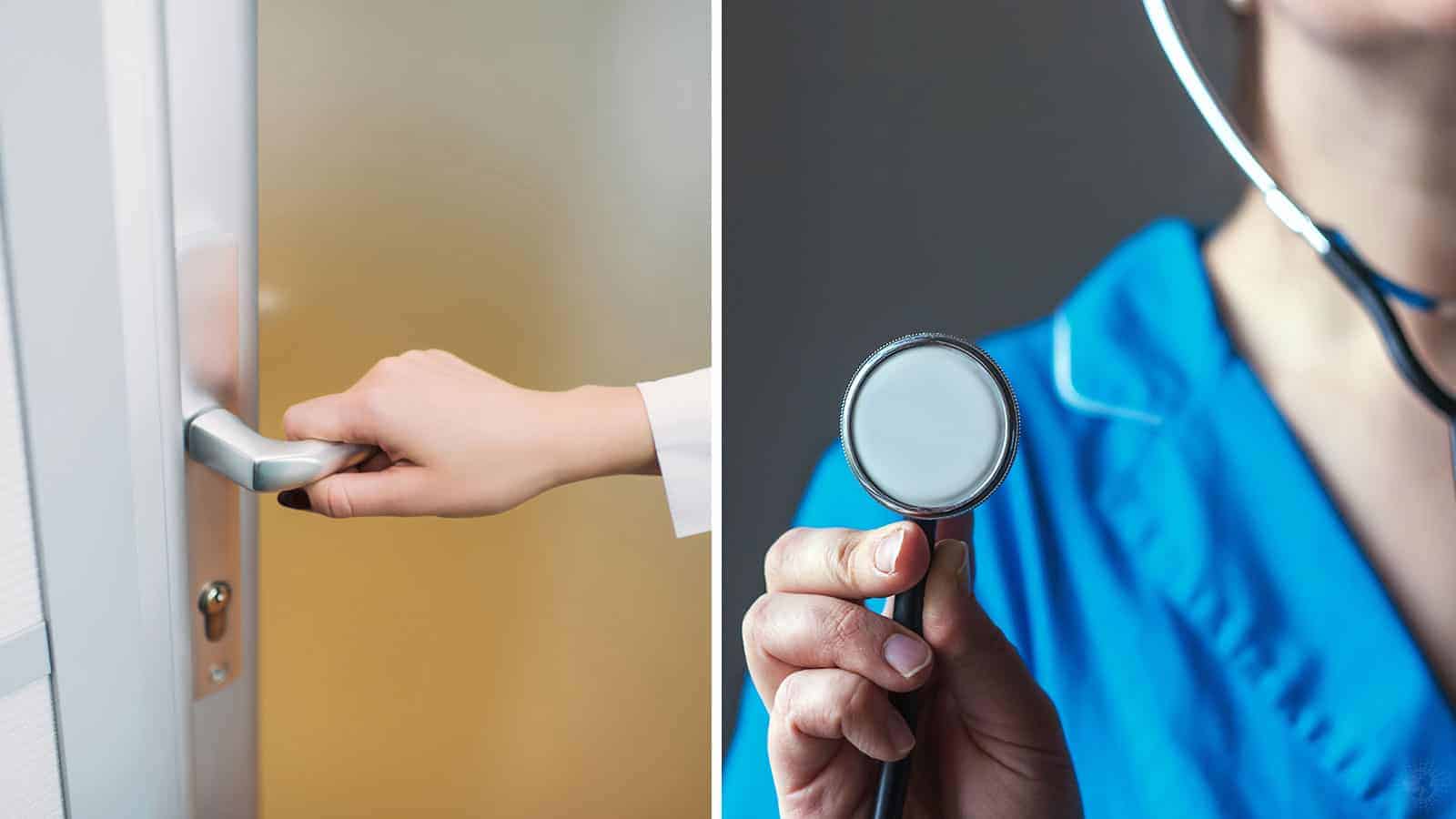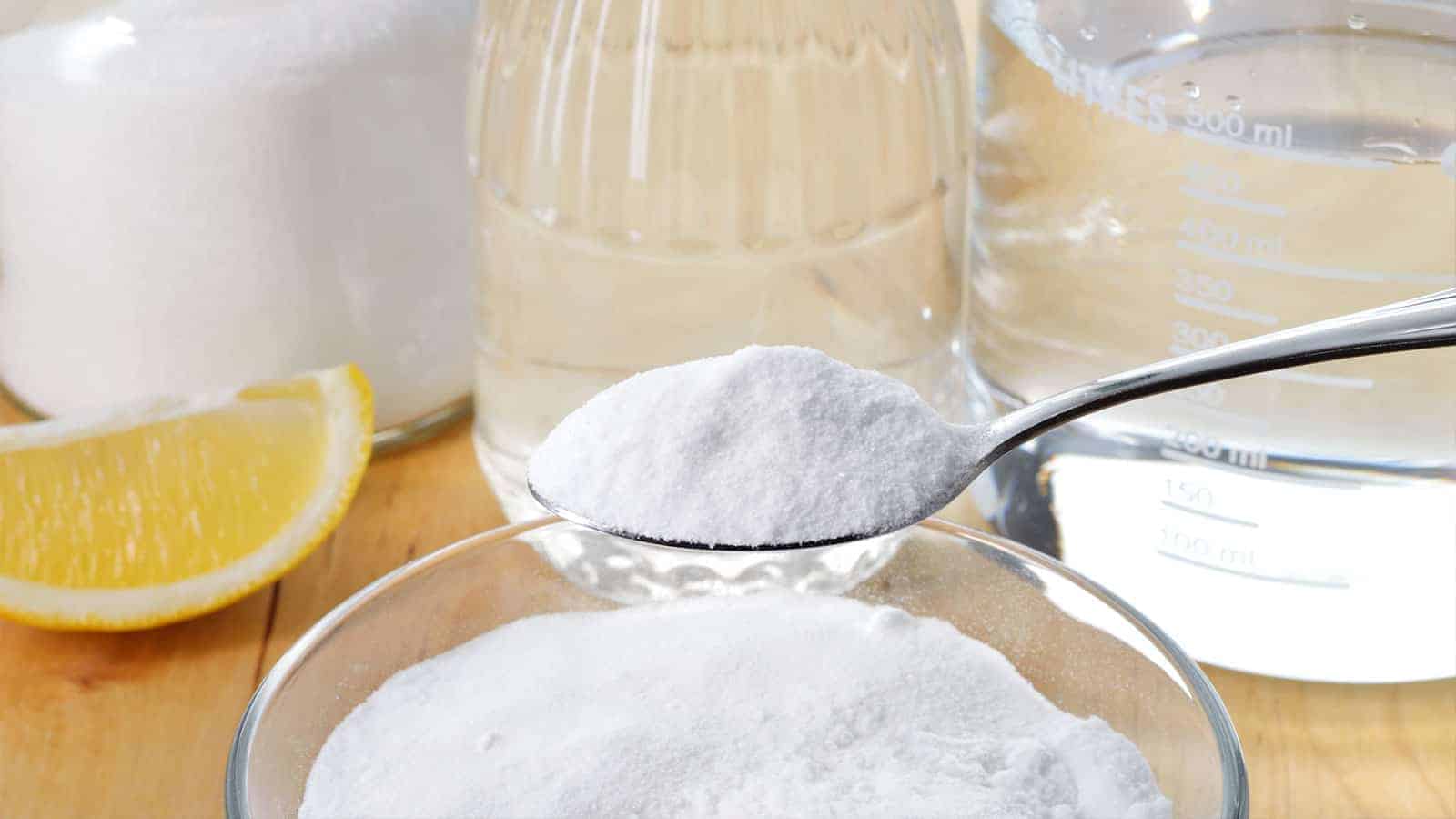Germs are everywhere in the world, and there is no way that you can avoid them. Shockingly, even your doctor’s office does not offer you relief.
Your body builds immunity so that you are not affected by these foreign invaders. However, the very place that you go to get help for your medical issues has millions of bacteria and viruses lurking in the most unexpected places.
Could it be that going to the doctor for a common ailment can infect you with something else? We will share studies that show that your doctors’ office is crawling with all types of microbes that can be potentially dangerous to you. If any viral infection has you concerned about picking up toxins, then you may want to avoid a physician’s office until it’s over.
Five Things to Avoid at The Doctor’s Office
People who go to a medical center for help visit these facilities because they are sick. Some have illnesses that are not transferable, while others have conditions that are contagious and can be deadly.
Some individuals carry disease, and they are asymptomatic. They don’t even know they are sick. While the condition might not affect them, it can be life-threatening for you. Recently, an insurance company conducted swab tests of everyday items inside. Here are four things you should avoid on your next trip to the doctor.
1. Ink Pens at the Doctor’s Office
Your physician uses various medical equipment to examine your ears, throat, and to listen to your heart. However, would you ever guess that the dirtiest thing in the office is the ink pen attached to the clipboard?
Let’s stop and think about it for a minute. The ink pen is given to dozens of people every day to fill out forms for the medical staff to enter into their records. It’s one of the most touched and less cleaned items in any medical center. Most cleanup crews focus on the necessary things, and cleaning ink pens isn’t in their job description.
Recently an agency conducted a test to see how dirty that ink pen was that gets routinely touched. They found that the bacteria and germs on this little writing device had an average of 8 million colony-forming units. Every inch of that pen carries a truckload of bacteria.
To put the test into terms that you understand, it means that that writing device has 46,000 times more bacteria than a public toilet seat. The toxins on that pen are so potent that they can thrive and reproduce on this object.
Your doctor needs to gather routine information from the patients to input into the computer program. However, you should insist that they give you a new pen or bring your own with you. Some of the strains of bacteria found on these little pens can cause pneumonia and sepsis, among other things.
2. Doorknobs
Another one of the germiest things in the doctor’s office is the door handles. If a doctor sees 20 patients each day, the door can be touched more than 60 times. Think about how many people used the restroom and didn’t wash afterward?
During a routine appointment, the patient enters the room, the nurse comes in and out to get vitals, and the doctor makes their rounds. To estimate that a door is being touched 60 times is a low estimate. Don’t forget about the phlebotomist who comes to do blood drawls and the other people scattering all around.
Each time that door is touched, the germs are transferred back and forth between the object and the hand. Now, on that surface is things like the Norovirus, which causes intense vomiting and diarrhea. It’s such a powerful virus that it initiates about 70,000 people to be admitted to the hospital each year.
More than 21 million people will have this stomach bug annually, and 800 will die. The problem is that people touch things such as this doorknob, then they touch their face or mouth. How can you prevent the spread of germs on this handle?
For starters, always wash your hands after changing diapers or using the restroom. Fecal bacteria is one of the most dangerous varieties of germs. Never go into the kitchen to prepare food before washing your hands with soap and water.
If you’re in public, avoid doorknobs at all costs. If you use the restroom, then always wash your hands with an antibacterial soap. Use a paper towel or the tail of your shirt to open any doors.
When you’re in the doctor’s office, don’t touch that doorknob either. Get into the habit of carrying around hand sanitizer for those times when you can’t get to a supply of soap and water.
Thankfully, almost all medical centers have a sink in the patient room that allows you to wash your hands.
3. Toilet Seats
Using the bathroom is public is not for the faint of heart. Most facilities try to keep up with their restrooms; however, it becomes a daunting challenge. If you must use the bathroom when you go to the doctor’s office, then you should be aware of the dangers that lurk on that toilet seat.
The Diseases Society of America did a study on public seats, and their find was astounding. Mostly what was found was fecal-borne bacteria, which is to be expected. However, they found bacteria that causes E. coli and streptococcus.
If the toilet seat were visibly dirty, then you wouldn’t sit on it. However, you cannot see the bacteria that are lurking in microscopic amounts. The underside of the toilet seat is by far the dirtiest.
Shockingly, a toilet can spray bacteria and germs up to 20 feet during each flush. Most public restrooms don’t have lids on their commodes, which means toxins can really get into the air. You should never sit on a toilet seat.
If you must use the bathroom, those thin and flimsy seat covers will do little to help. If you want to use these covers, then using two or three is advisable for adequate coverage. Never set your purse or a diaper bag on the bathroom floor, either.
Use any hooks provided on the doors to place coats or personal items. You can spread the bacteria to a handbag, and most people won’t think twice about scratching their nose or face after touching their purse.
Thankfully, the study found that things like HIV and other sexually transmitted diseases cannot live long outside the human body. For these illnesses to be transferred, there must be an open cut or sore that the bacteria can enter.
4. Stethoscopes
The one thing in your doctors’ office that you probably don’t even consider to be dirty is the stethoscope. That little device has touched every patient that has come into the office that day, and most medical professionals prefer to listen on a bareback or chest.
The American Journal of Infection Control recently did a study to see how many doctor’s offices are cleaning these widely used tools. Astoundingly, they found that not one of the doctors in the study cleaned them, in-between patients.
If the physician uses it on a patient that has MRSA on their body, then they can transfer the staphylococcus aureus bacteria to the next patient. Some people have open sores and don’t even realize they have a staph infection, which makes cleaning essential.
The problem is that most doctors’ offices put all their focus on hand washing and avoid such things as an ink pen or a stethoscope. While they are looking at the big picture, they are losing the war against bacteria in the small stuff.
Some physicians will listen to the heart through a shirt, which adds little to no protection from toxins. These devices must be cleaned after every single encounter. If they use a new tip on an otoscope to look into a patient’s ears, and a sleeve for the thermometer, then why wouldn’t they have some protective device on the stethoscope?
5. The Doctor’s Office Keyboard
Here’s a final consideration. The doctor’s keyboard. Think of the appointment process. Before you see the doctor, a medical assistant or nurse visits with you. She washes her hands. Then she takes your blood pressure, might pick up a pen to make notes, then types the notes into a database using…the keyboard.
Next, the doctor enters, washes his or her hands, shakes your hand, or claps you on the back. They might use the stethoscope on you to listen to your heart or breathing, then…add findings to the computer via that same keyboard.
Many offices keep a wipeable plastic cover over that keyboard. But do they sanitize it in between patients? The published test results suggest that they do not.
 Final Thoughts: Living Clean In A Dirty World (Even the Doctor’s Office)
Final Thoughts: Living Clean In A Dirty World (Even the Doctor’s Office)
You need exposure to some bacteria and germs so that your body can build resistance.
It’s not possible to live in a bubble and avoid all contact with bacteria. Those who adopt a germophobic lifestyle become obsessed with keeping themselves clean. While you can’t go around afraid about every hand you shake or doorknob you open, you can be mindful.
Basic rules for cleanliness include washing your hands as much as possible, use hand sanitizer when there is no access to soap and water, and use extra caution when you’re in public places. Being proactive in disease-ridden situations can help you to protect yourself.
As you have likely experienced from your colds, flu symptoms, and viral infections, microscopic droplets enter the air from sneezing and coughing. Germs are all around you, and there is no way to avoid them. However, taking extra precautions may save your life.






















